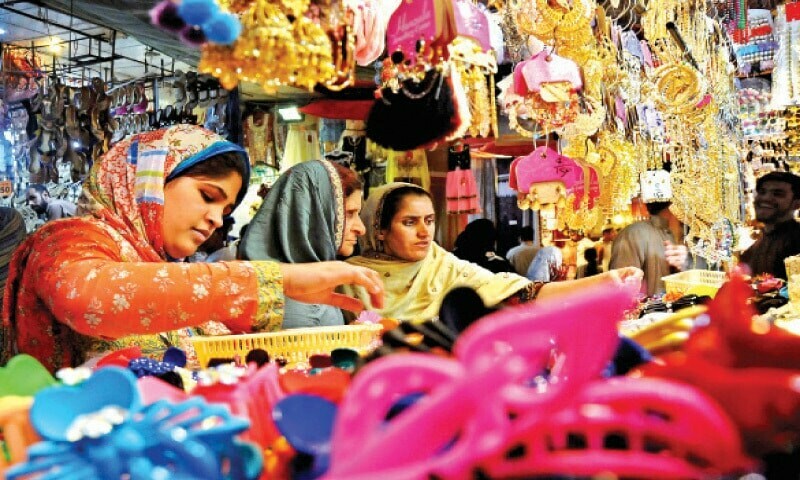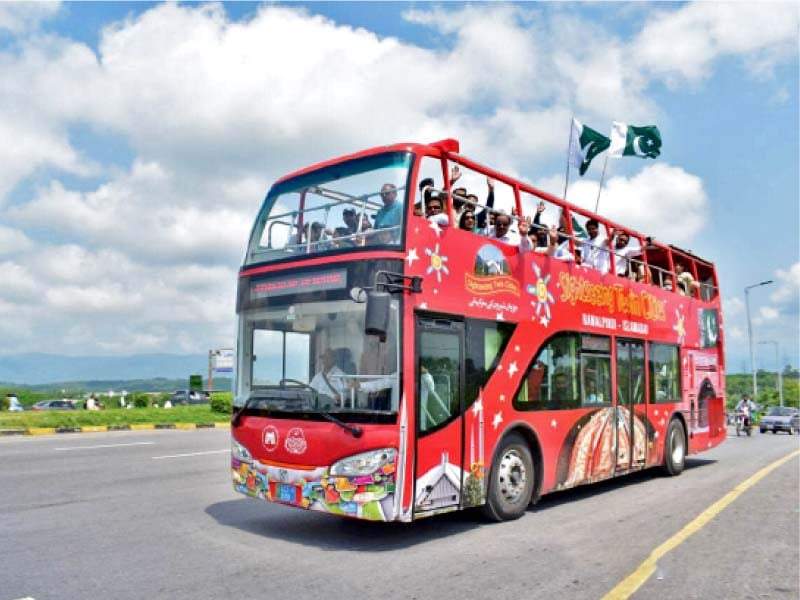
Unwilling to forego the joy of Eid despite the tough economic situation, Pakistanis flocked to the markets to maximise their budgets closer to Eid.
This surge in shopping activity in the last week of Ramazan contrasted sharply with the slower pace observed in regular markets and malls in the first three weeks of the holy month.
Keeping challenges emanating from the lagging economy in sight, some companies innovated by making necessary adjustments, streamlining their online operations and strategically timing their discounts and sales offers based on thorough market analytics. This approach resulted in significant returns for some. Yet, trend watchers suggest that losers likely outnumbered gainers in the formal sector.
“Good performance was not consistent across all brands. Forward-thinking enterprises, mindful of their customer base’s affordability and reduced profit margins, set realistic goals and executed their carefully crafted market strategies.
“While companies in the retail sector are often reluctant to share real-time sales data and inventory information, my observation is that even in cases where sales volumes fell below expectations, revenue targets were met due to higher price points,” shared an executive from a major apparel company in a private conversation.
Retailers make up for low profits in the first three weeks of Ramazan as shopper footfall picks up in the last week just before Eid
Background research conducted through interviews with leaders of market associations and marketing experts revealed that the success rate among medium and micro enterprises dealing in apparel and other Eid-related items was notably higher than that of larger brands in the formal sector.
“It is essentially a matter of affordability rather than choice. In some cases where a branded item is accessible, customers may perceive it as overpriced and might not be willing to pay the premium.
“While everyone appreciates quality, most people prefer to stay within their budget and are hesitant to feel cheated by paying more than what they deem a fair price,” noted a market observer.
Families have primarily focused on purchasing personal items and grooming products and services, while home improvements and the acquisition of consumer durables, including big-ticket electronics, have generally been very limited this year.
Local producers gained significant ground, a trend that emerged since the shock of the 2020 pandemic, even in segments previously dominated by imports, such as children’s wear.
Commenting on the depressed share of imported items in Pakistani markets, Badaruddin Kakar, a business leader from Balochistan, argued that heightened vigilance by customs and other border control authorities to curb the influx of goods from China, Iran and India has limited their availability and increased their cost, often beyond the reach of the average household. This has created more space for local suppliers and has been advantageous for their producers.
Eid discount bazaars outperformed typical regular markets in major cities across Pakistan. However, in second-tier cities like Multan, Faisalabad, Gujrat, Hyderabad, Sukkur, Khairpur, and others, regular markets fared just as well, if not better than temporary Eid sales stalls.
In contrast to major cities, second-tier towns in the country witnessed higher consumer participation in the Eid market. “Compared to their counterparts, town dwellers exhibited more enthusiasm, according to early indicators,” an analyst shared.
“The cost of living for households in these towns is relatively lower than those in cities like Karachi and Lahore, where nuclear families are prevalent. In town settings, people often opt for joint family arrangements to save on utility and other living costs, allowing them to allocate more funds for special occasions like Eid,” explained a marketing research professional.
The footwear sector, though a fraction of the apparel sector in size, with multiple new brands and unbranded companies launched over the last year, did exceptionally well this year.
“There was something more at work here than a superior marketing strategy. Probably people deferred buying shoes till Eid instead of buying new shoes for children at the start of the academic session,” an analyst invented reasoning.
“Most brand representatives I interacted with during my visits to malls, markets and dedicated brand stores in Lahore were content. They appeared to be fairly relieved a day before Eid. After a dull start and lean business in the first three weeks, they pinned their hopes on the last week, and shopaholic Pakistanis didn’t disappoint them. The footfall increased to a level typical for the Eid season in Pakistan,” another retail expert informed.
“Generally speaking, home-based dress and accessory makers, small footwear manufacturers, certain brands in the sector, street beauty parlours and hairdressers, among others, topped the list of gainers.
“Meanwhile, tailoring, large apparel stores, consumer durable companies and furniture makers suffered losses, alongside numerous others in the 2024 Eid market,” he added.
Published in Dawn, The Business and Finance Weekly, April 15th, 2024
#Eid #spirits #rise #late #Business





